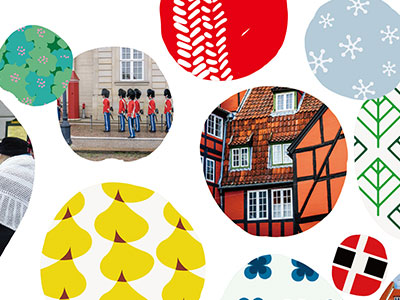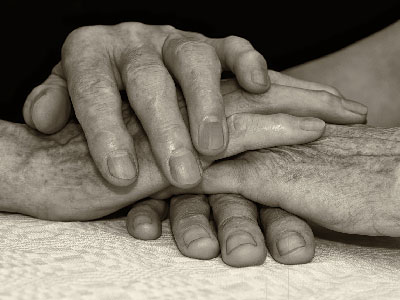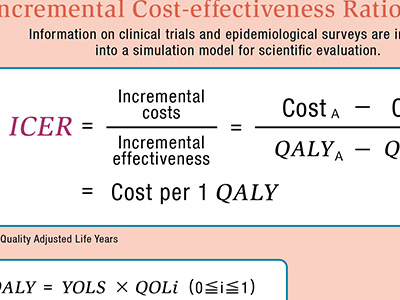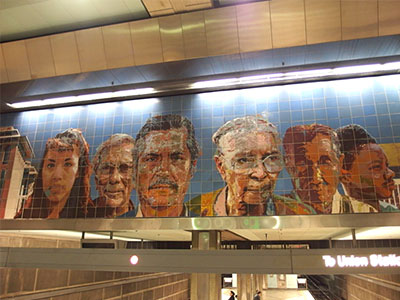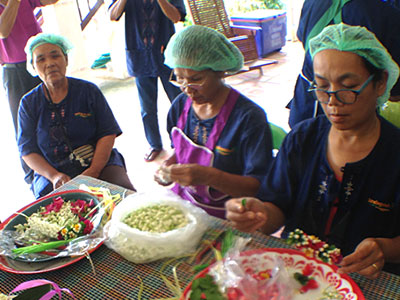STORY #8
Envisioning a Japanese Multicultural Society, Based on the Experiences of the US
Fuminori Minamikawa
Professor, College of International Relations
Embracing more than two million foreign residents, how does Japan portray its multiculturalism?
With a declining birthrate, an aging population, and rapid globalization, the acceptance of overseas workers as a means to solve Japan’s labor shortage are now commonly argued. While the Japanese government has unveiled a slogan, “Dynamic Engagement of All Citizens,” it is estimated that Japan will need to accept 200,000 immigrants per year to maintain its current labor force and social security system.
With such concerns, Fuminori Minamikawa asserts, “The urgent issue faced by Japan is no longer whether we should accept immigrants or not.” Japan is not an unconditionally attractive destination for immigrants now. He insists, “Before discussing new immigration, we should recognize that Japan is already a multicultural society where more than two million foreigners live. Respecting cultural diversity and incorporating the minorities as full members of society are required for the multicultural society.” And he adds, “This may appear to make a detour, but the vision of an inclusive society that consists of diverse people will be a fundamental condition for future Japan in the face of a declining birthrate with an aging population.”
Taking as his research subject the United States of America, which constitutes a nation of immigrants, Minamikawa has pondered changes in Japanese American society and the ways in which multiracial communities have been created. Considering the future of Japan, he says, “Going forward, faced with a declining birthrate and aging population, the ‘Japanese vision’ will have to confront the question of how to create a multicultural society where diverse people of different nationalities and cultures live in harmony. Based on the historical experience of the United States, I want to propose what a multicultural and inclusive society in Japan should be like.”
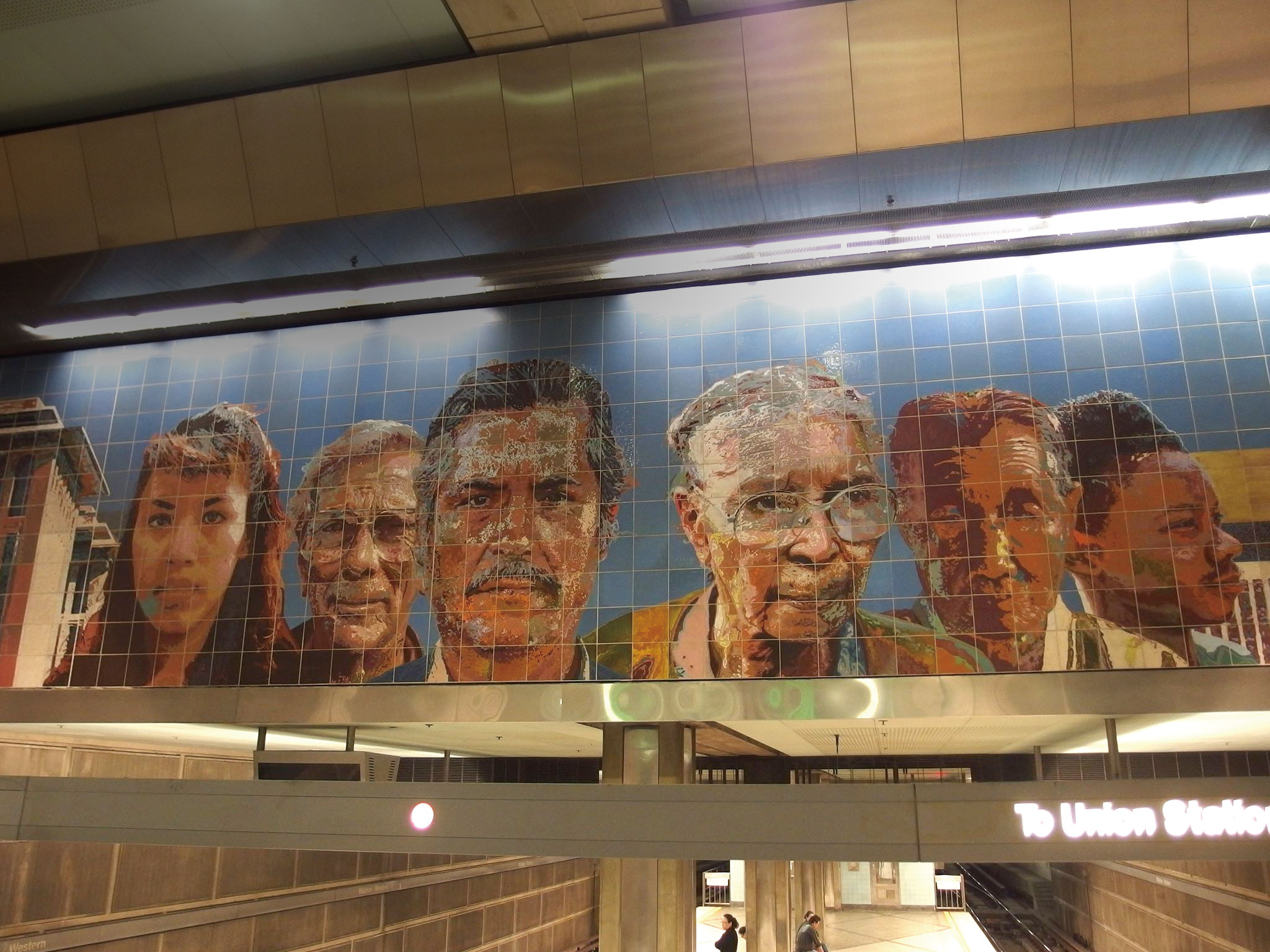
Mural art at the Wilshire/Western Station on the Los Angeles subway. This work by a local artist Richard Wyatt, and its title, People Coming/People Going, not only indicates the characteristics of a subway station as a place but also symbolizes the past and future of diversity in American society.
Currently, Minamikawa is undertaking an analysis of multiculturalism in the United States.
According to Minamikawa, the term “multiculturalism” spread to advanced countries after it was adopted as an official policy in Canada and Australia in the 1970s. In Japan, it was introduced in the 1990s as a new social vision, and its potential has regularly been discussed. However, in recent years, increasing pessimism to integration of immigrants and refugees in Western countries, frequent terrorist attacks involving non-European immigrants, and the growth of extreme right-wing groups have highlighted the “failures” and “decline” of multiculturalism.
The United States is no exception. The idea of multiculturalism has been criticized as something that is not compatible with the conventional wisdom of the United States respecting individualism. Minamikawa, on the other hand, paid attention to the fact that the concept of multiculturalism in the U.S. has one of its origins in grass-roots social movements in local communities that have long struggled with racism. Such an idea has been reflected in policies and movements aimed at eliminating racial discrimination.
One of these is the affirmative action (AA) policy. Minamikawa says, “AA—taking race, gender and other attributes into consideration at the time of university entrance and employment—was based on a vision of society to attack historically accumulated inequality and include all groups on an equal basis.”
History education is also an important domain in the multiculturalism. Multicultural education redefined the “American history” by learning about minority cultures as parts of American culture. According to Minamikawa, “Such initiatives emerged and spread through trials and errors to overcome the racism deeply rooted in American society.” As America continues to accept new immigrants now, multiculturalism should be re-evaluated as a means to describe a future America in which diversity is expanding, not just as a means to compensate for loss made by the past racism.

What do such studies of American multiculturalism suggest for contemporary Japan? While Minamikawa recognizes the differences between the Japanese and the American views of nation, he says that the American experience can share some substantial views with us. The American image of a multicultural society is built on its historical experience in which majority and minority groups involved. Minamikawa says, “What is important for envisioning multicultural Japan is that without reflective analysis of how Japan has defined its people and foreigners, it is impossible to devise the ways to re-define its multiculturalism to come.” To achieve this goal, it is essential to confront racism. In fact, Koreatowns across Japan that have fought against discrimination and xenophobia are venues for inventing the most advanced form of Japanese multiculturalism at present. Minamikawa also emphasizes, “A society which is inclusive of multiple cultures is a crucial condition to create a truly inclusive one for all members which fights against any kind of exclusion.” Minamikawa’s study takes into consideration the construction of a Japanese version of an inclusive multiculturalism that opens to people of different backgrounds, such as nationality, race, culture, gender, and age. The effort to tackle declining birthrate and aging population concurrently seeks such an inclusive Japanese society.

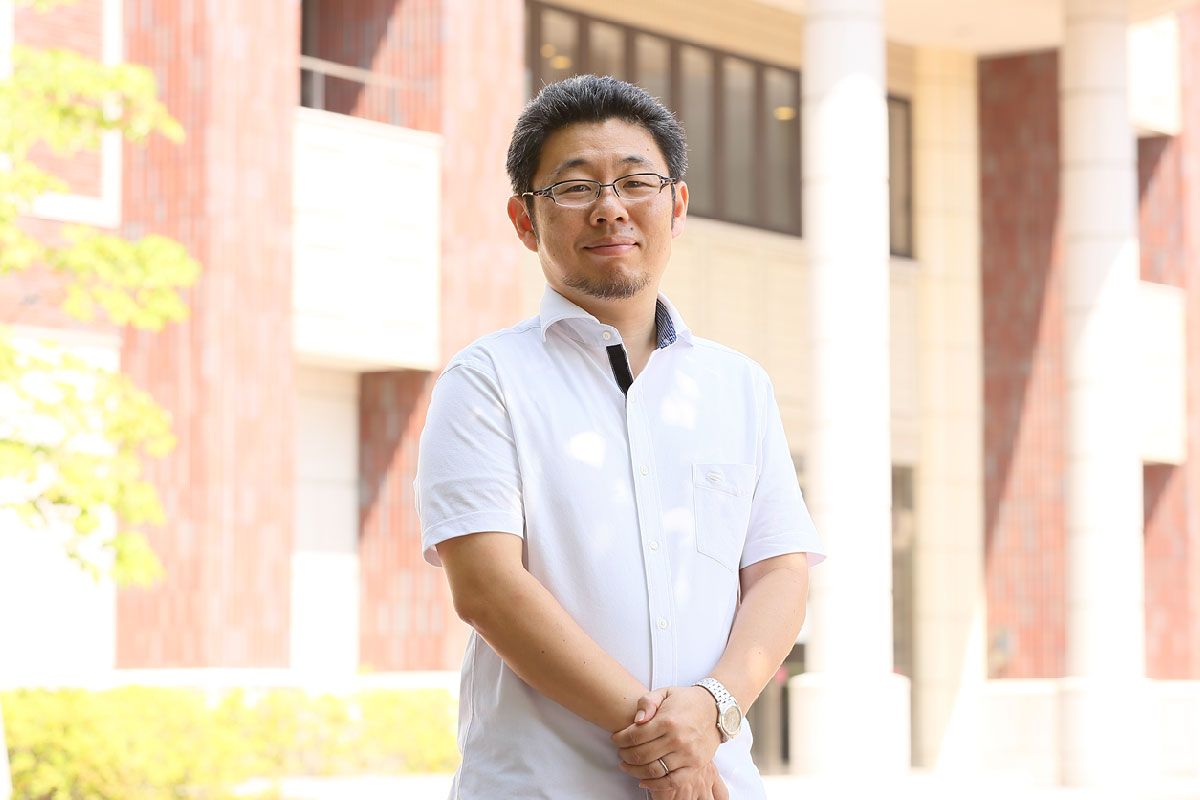
Fuminori Minamikawa
Professor, College of International Relations
Subject of Research: Historical Sociology of American Multiculturalism, Sociological Analysis of Nativism and Immigration Policies in the United States, Comparative Sociology of international movement of Japanese
Research Keywords: Sociology, American Studies

